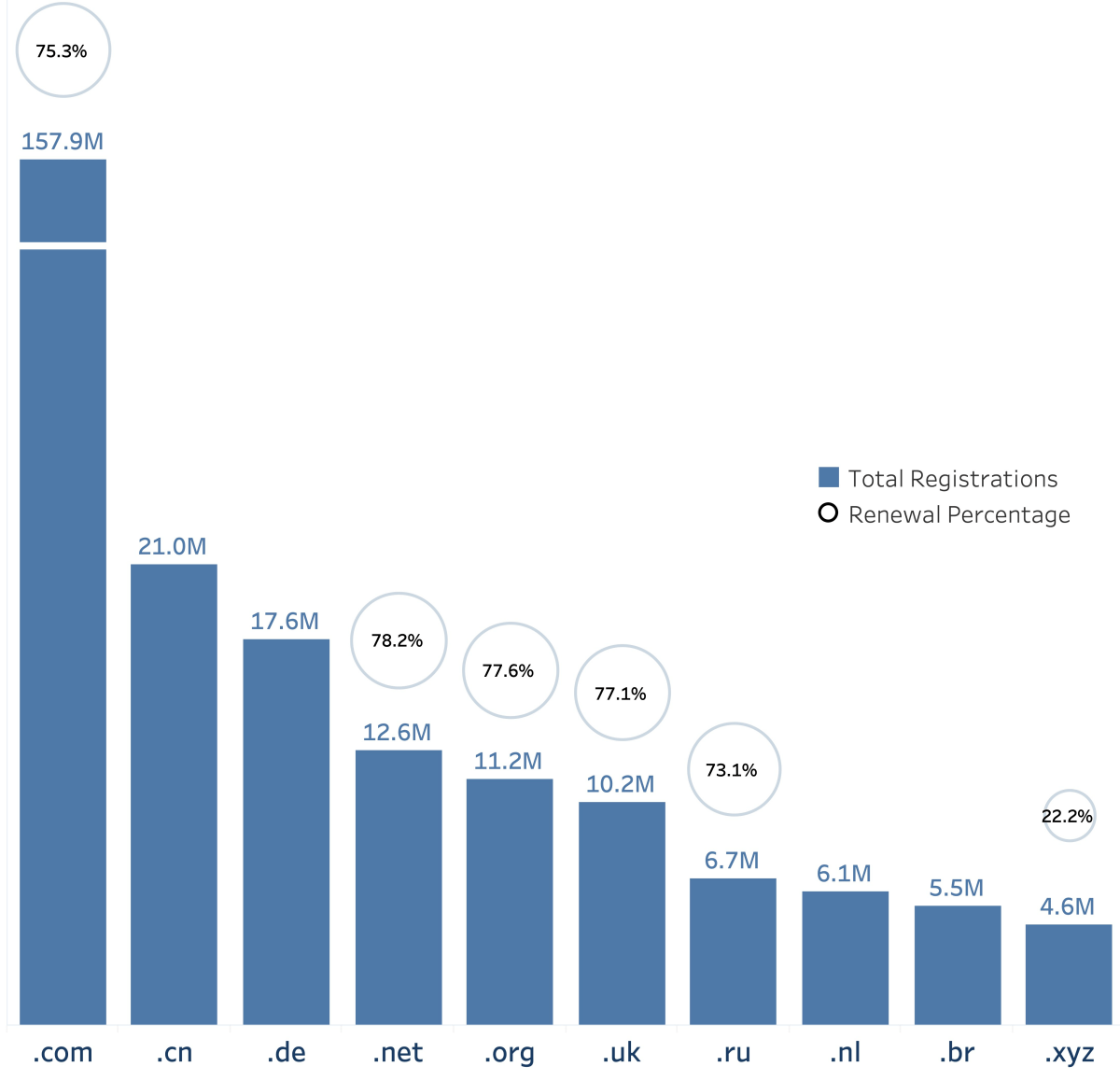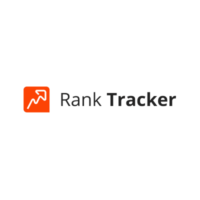Domain Expiry and Its Impact on SEO: How to Monitor and Prevent Lapses
Your domain name is your digital real estate. It is how customers find you, search engines rank you, and your brand builds trust in the digital world. Whether you run a small blog, an e-commerce store, or a large business, your domain is the foundation of your online activities.
But what happens if you forget to renew it?

A domain expiry can cause your site to go offline. It can also hurt your SEO rankings and affect your website traffic. Many website owners and developers overlook this small detail until it is too late.
The DNIB Report mentions that the total number of registered domain names reached 371.7 million in the second quarter of 2025. Yet, thousands of domains expire every day. Others get stolen by rivals or domain squatters. After that, the domain is more difficult and costly to retrieve.

Let’s explore how domain expiry affects your SEO and what you can do to prevent it from happening.
What Is Domain Expiry: The Lifecycle of a Web Address
The name you use for your site, such as yourwebsite.com, is a kind of lease or agreement to use the address of your website. You make a payment to register it for a period of time, usually one year. With a lapse in your domain, it indicates that this rental period is over, and you will need to renew.
When your domain has expired recently, it does not imply that the domain will disappear from the internet. It passes through a number of phases. When you understand these stages very well, then you have a stronger chance of getting your domain back. These lifecycle stages of the domain are:
Active
This is when your domain is working perfectly. You have paid for it, and your website is live.
Grace Period
Your domain goes into a grace period after it has expired. It is a period of a few days, usually between 0-45 days, during which you still have a chance to renew your domain at the regular price. Your website may become unavailable during this period, or your registrar may display a parked page.
Redemption Period
In case you fail to take advantage of the grace period, your domain is put under a redemption period. This is a duration of around 30 days. It is still possible to retrieve your domain, but you will have to pay some additional money. This cost is usually way more than the standard renewal price.
Pending Delete
Once the redemption period ends, the domain goes into a pending delete status. It is a very small duration, usually days. At this phase, you are not able to renew or reclaim the domain. It is on the brink of being erased under the registrar’s registration system.
Available
When this pending delete period finishes, the domain is fully removed and can then be registered by anyone. This is the line of no comeback. When it is registered by another person, you have lost it forever.
Post-Expiry Risks
The risks that come with your domain being available to the general public are as follows.
- Domain Parking: A lot of registrars put advertisements or junk content on expired domains in order to make money out of the traffic.
- Cybersquatting: There are chances of another person acquiring the domain and then demanding a high resale price or even using the brand name improperly.
- Loss of Ownership: You can lose possession of the domain forever in the event of another party buying it.
SEO Impacts of Domain Expiry
The organic harm of domain expiry can be very severe and long-term. This is what occurs at a technical level:
Crawling and Indexing
Index crawlers will no longer crawl your site. Most of the pages of your site may be removed by search engines if it is inaccessible for a long period of time. It can take weeks or months to fix this.
Loss of Backlink Authority
Domain’s backlinks are developed over the years and can go dormant. Every outgoing link will indicate errors. This disorients your backlink profile, which is a major component of SEO. Google can penalize you when users who view the links click away, and this causes a high bounce rate. Google will view this as a sign of unreliable site performance, and you will lose link equity.
Disruption to Structured Data & Schema
If your site uses schema markup, e.g., for rich snippets. The enhancements can drop when your site is offline. This can impact the ranking of your pages in search results and reduce CTR.
Negative User Signals
If your website is down for a long time, it can increase the bounce rate. High bounce rate leads to a poor user experience that erodes their trust in your business. So your business gets low trust scores when Google indexes your site and assigns rankings.
Rebuilding Takes Time
You won’t get your website back immediately, even when you renew it. You will need to wait for reindexing, correct DNS records, resubmit your site to Google Search Console, and rescan for crawl issues. Depending on how long your website was out, the recovery procedure could take weeks or months.
Lost Domain
If another party registers your expired domain and publishes new content, it can hijack your existing SEO value. This includes traffic, backlinks, and branded searches.
In a real-world case study, an expired Korean hardware manufacturer’s domain was acquired and redirected to a privacy-related website (VPN affiliate). The new owner strategically utilized a 301 redirect, inheriting the old domain’s authoritative backlinks and reputation. This move resulted in a dramatic spike in organic traffic throughout the year following the redirect, underscoring the immense effect of expired domains when immediately leveraged.
Why Domain Monitoring Is Critical
A website depends on a domain to stay visible and active 24/7. When a domain lapses, it is not just your website that goes offline. Your emails, e-commerce platforms, and digital marketing services tied to that domain can also break down.
For web professionals and teams responsible for several sites, it can be difficult to handle multiple domain renewals accurately. That is why having reliable domain monitoring in place can help to ensure that everything stays up and running without unexpected interruptions.
It helps you:
- Prevent Downtime: Your website remains operational at all times.
- Preserve SEO Value: You keep your indexed pages, backlinks, and ranks.
- Keep Email Services Active: Many teams use domain-linked email. If the domain lapses, email fails too.
- Stay Ahead of Risks: Early warnings help you renew before the domain goes into a costly redemption period or gets bought by someone else.
- Manage Client Websites: For agencies and developers, domain monitoring adds professionalism and avoids client issues.
A missed renewal can cost you traffic, sales, and reputation. Monitoring makes sure you never miss a renewal deadline.
How to Monitor Your Domain Expiry
One of the most avoidable factors that has led to the downtime of websites is domain expiry. Nonetheless, it has continued to influence businesses in all industries. It is said that more than 50000 domains are set to expire each day; most of them simply through ignorance. Your SEO, traffic, and brand trust are all at stake once the domain expires.
Here’s how to stay ahead:
1. Use Registrar-Level Monitoring and Auto-Renewal
Auto-renewal is provided by the majority of the registrars, such as GoDaddy, Namecheap, or Google Domains. Make it your initial shield. Also, establish both primary and secondary email notifications, as lapsed credit cards or the contact details may prevent access to renewals.
Pro tip: Domain renewals should always be linked with a business credit card that has alerts and not a personal one.
2. Integrate with Your Workflow
Add domain expiry checks to your DevOps pipeline or CI/CD tools. Use cron jobs or scripts that fetch expiry data via WHOIS and push alerts to Slack or email. It can be automated and executed on a weekly basis to generate notifications.
3. Maintain a Domain Inventory
Make a centralized inventory with the help of tools such as Airtable or Notion. Include:
- Domain name
- Registrar
- Expiry date
- Auto-renewal status
- Contact person
This eliminates ownership gaps, particularly among those teams or agencies with client domains.
4. Google Search Console GSC & Other Webmaster Tools
Google Search Console is a free Google tool. It allows you to know how Google perceives your web page. Although it does not necessarily indicate expiry dates, it will report crawl errors in case your site is unavailable. Very high spikes in such errors can be one of the first warning signs that something is not right. In GSC, set up alerts on critical site health changes.
5. Add External Monitoring Tools
It is dangerous to operate solely on registrar alerts. Make use of tools like Super Monitoring.
With Super Monitoring, you can set up Daily Health Checks so you can get alerts before your domain expires. It also alerts you to other issues like downtime or broken pages. Super Monitoring is an innovative, automated way to stay ahead without adding more manual tasks to your plate.
Letting your domain expire can harm your website, traffic, and SEO. It may also cost you your brand’s trust and reputation. The good news is that domain expiry is easy to prevent with the right tools and habits.
About the Author

Robert Koch – experienced SaaS application designer and business optimization through automation consultant. An avid home brewer and cheesemaker in his spare time.






